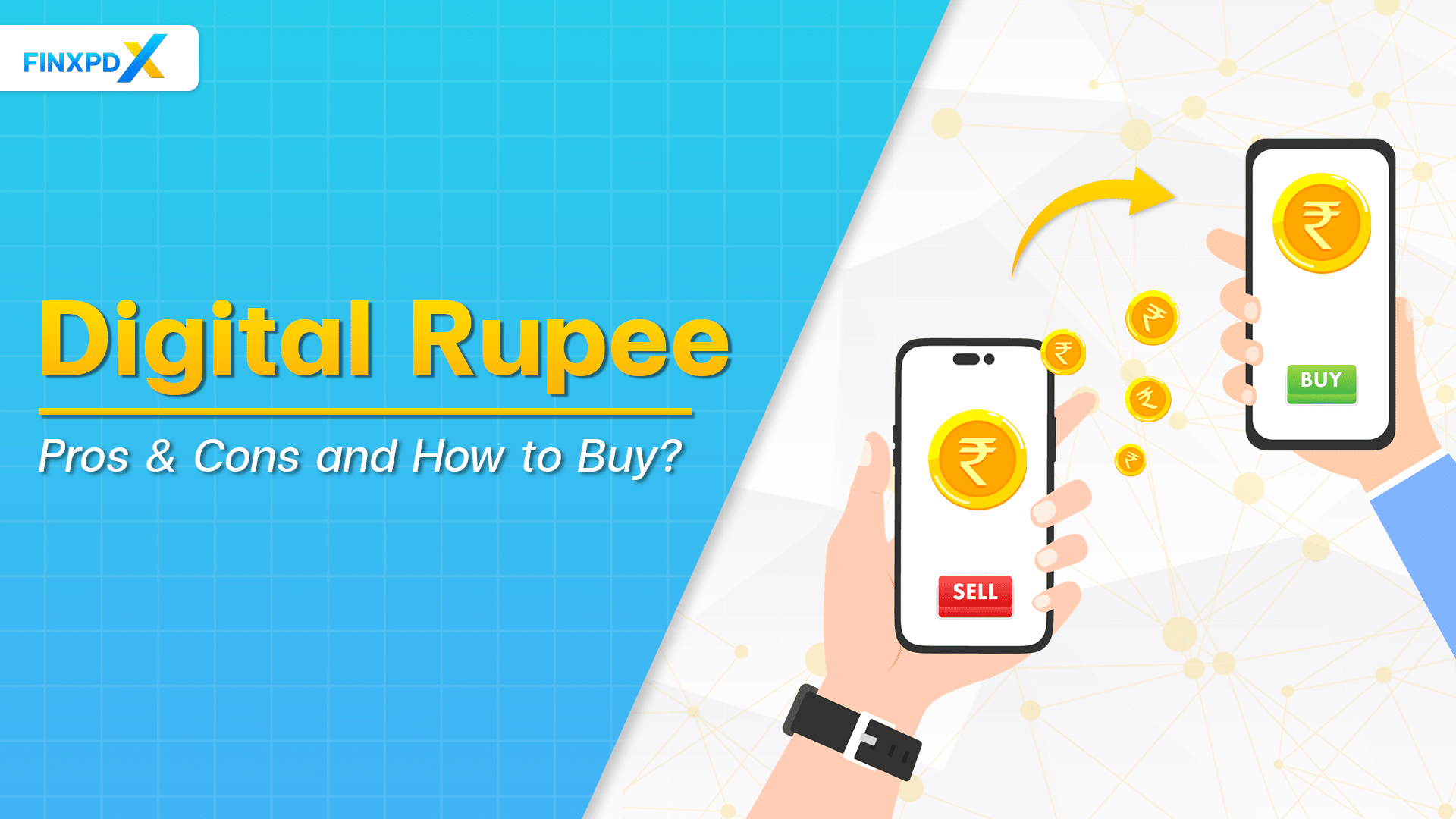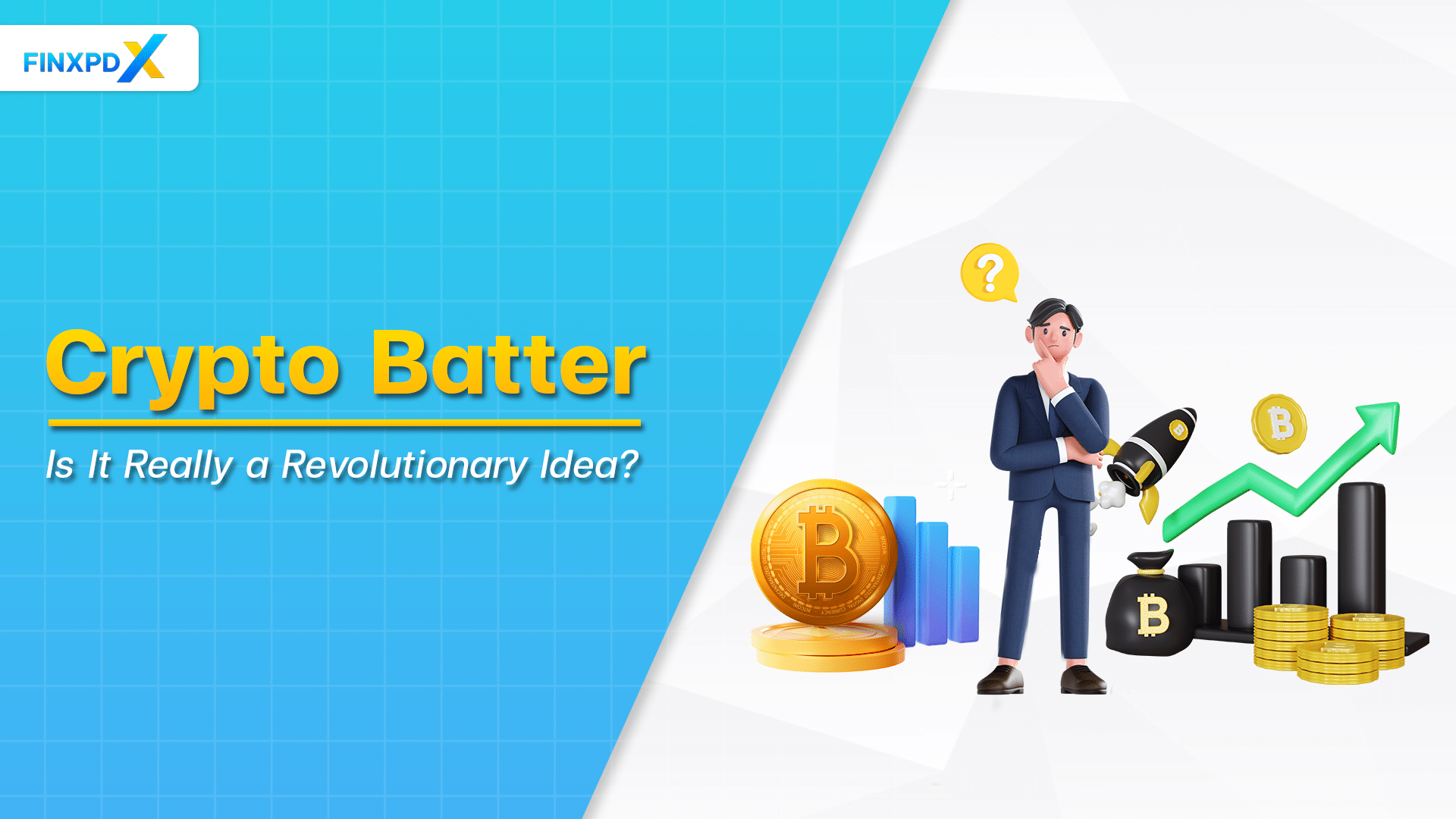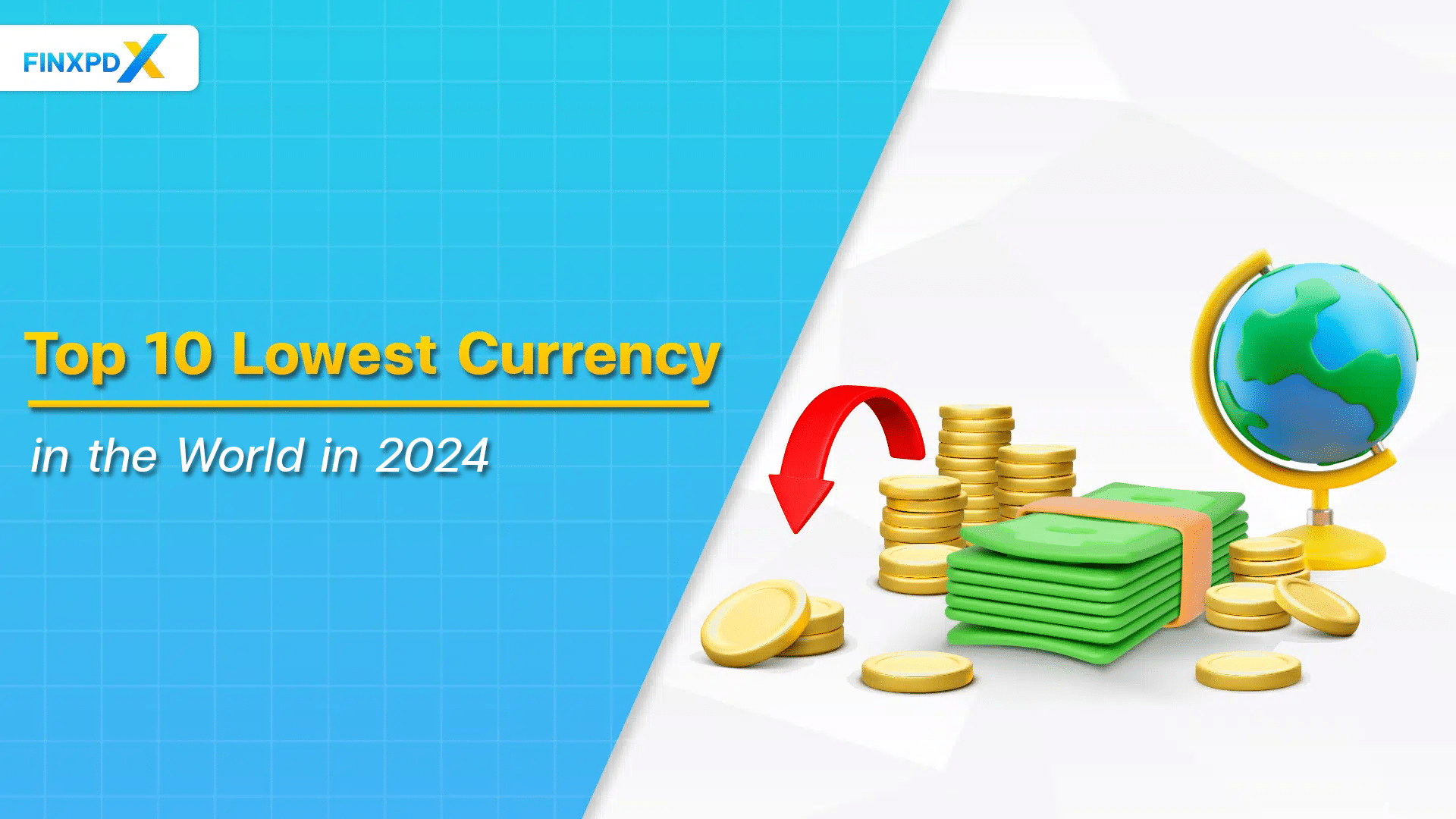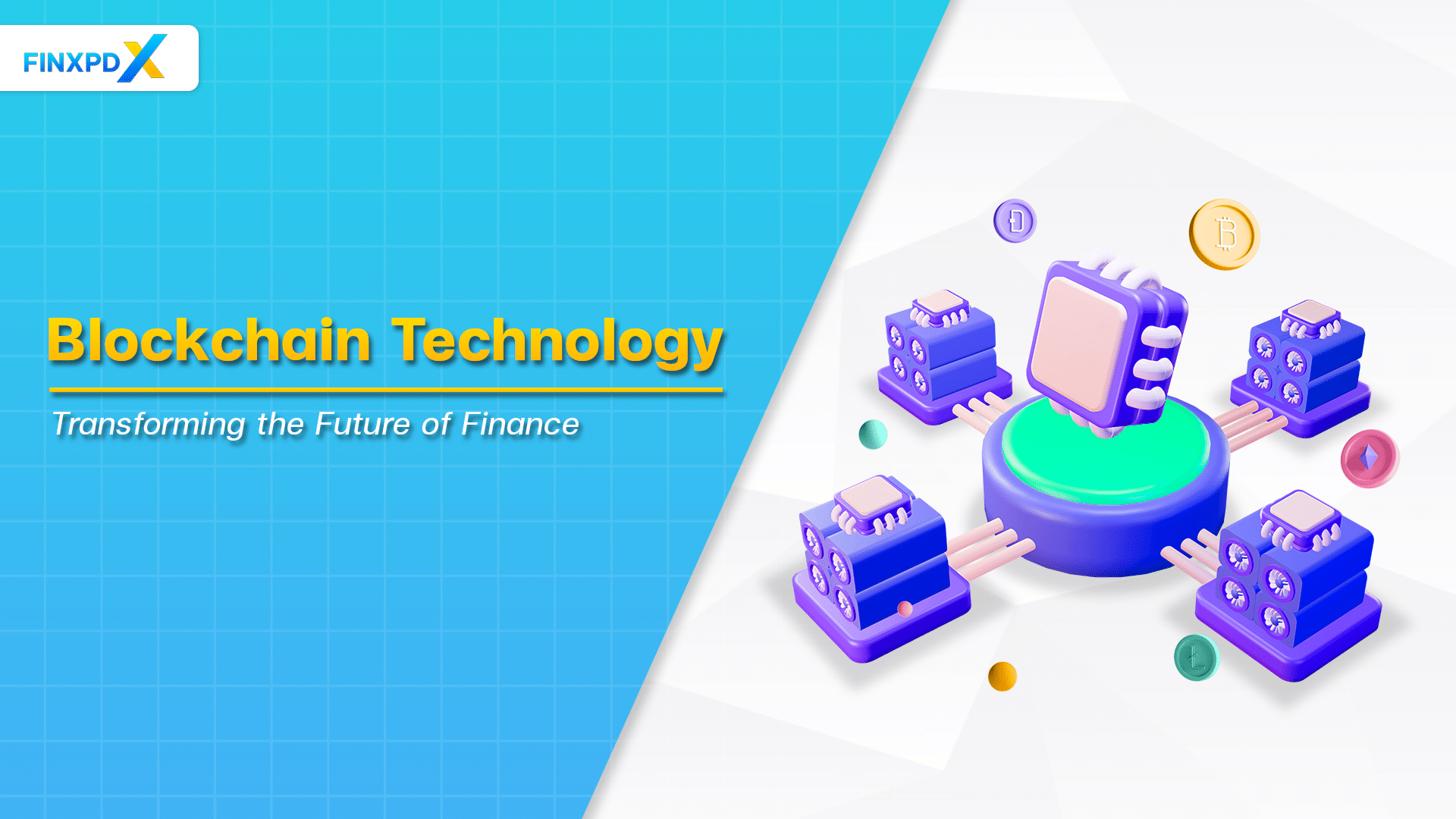In today’s fast-changing digital landscape, the concept of money is transforming. The “Digital Rupee” has been in the news, sparking both intrigue and questions. Therefore, what is it? How does it differ from traditional cash? This article will discuss its importance, advantages, and potential impact.
What Is the Digital Rupee in India?
The digital rupee serves as an electronic version of India’s official currency, the Indian Rupee. It’s essentially the same money we use daily but in a digital format. Consequently, you can use it for buying goods, investing, and other financial activities just like you would with physical rupees.
All in all, the key difference is that it’s stored in digital form, often on centralized or decentralized digital ledgers, rather than on paper or coins.
Key Takeaways
- The digital rupee is a groundbreaking digital form of India’s official currency, aiming to modernize the nation’s financial landscape.
- The digital rupee operates under the oversight of authorized financial institutions and the Reserve Bank of India, ensuring a secure and transparent framework.
- To acquire digital rupee, users need to select a reputable digital wallet, complete the KYC process, and then purchase the digital currency through the app.
How Digital Rupee Works?
The digital rupee is an electronic version of India’s official currency, managed by authorized institutions under Reserve Bank of India guidelines. Stored in digital wallets, it uses blockchain for secure, quick transactions and supports smart contracts for automated deals.
The currency aims to make financial services more accessible, especially for those without traditional banking. It also adheres to regulatory standards to prevent misuse.
Benefits of Digital Rupee India
1. Enhanced Accessibility and Inclusion
Digital rupee aims to democratize financial services. For that reason, they are accessible even for those in remote areas through smartphones and internet connectivity.
2. Cost-Efficient Transactions
The digital currency minimizes transaction fees, offering a more affordable alternative to traditional financial systems that often come with added costs.
3. Swift and Real-Time Transactions
It enables instant financial transfers, a crucial feature in today’s fast-paced world where delays can be costly.
4. Robust Security Measures
Advanced security protocols like cryptography and blockchain technology safeguard digital transactions, instilling trust and reliability.
5. Transparency and Accountability
Blockchain records for Digital Rupee India transactions offer a transparent and immutable history, enhancing financial accountability and combating fraud.
Disadvantages of Digital Rupee
1. Digital Divide and Accessibility
The digital divide is a significant hurdle, as not everyone has access to the necessary technology, particularly in remote or underserved areas.
2. Cybersecurity Risks
It is susceptible to various cyber threats like hacking and phishing, posing risks to users’ funds and sensitive information.
3. Dependency on Technology
The shift to the digital rupee could lead to an over-reliance on technology, making people vulnerable during tech failures, power outages, or network disruptions.
4. Privacy Concerns
Though transactions are pseudonymous, the public ledger could raise privacy issues for some users who are uncomfortable with their financial activities being traceable.
5. Centralization and Control
If managed by centralized entities, Digital Rupee India could lead to concerns about government surveillance and control, potentially undermining the decentralized nature of cryptocurrencies.
How to Buy Digital Rupee in India
Owning a digital currency in India has ignited immense curiosity as the country shifts towards a digital era. If you’re interested in this modern form of currency and wish to own some, here’s a straightforward guide to help you navigate the process.
Step 1: Choosing a Reputable Digital Wallet Provider
Start by picking a reliable digital wallet service that supports digital rupee. Search for fintech companies or established digital payment platforms with robust security features and easy-to-use interfaces.
Step 2: Download and Set up the Digital Wallet App
Head to your chosen provider’s website or app store to download the official app. Install it on your device and make sure it’s legitimate before moving on.
Step 3: Register for a New Account
Launch the app and follow the prompts to create a new account. You’ll need to provide your email, phone number, and a strong password. Some providers may ask for additional verification like Aadhaar card details.
Step 4: Finish the KYC Procedure
Complete the Know Your Customer (KYC) process by submitting identification documents such as your passport or Aadhaar card. Follow the in-app guidelines to upload clear and valid copies.
Step 5: Fill Your Wallet With Money
Once verified, you can load your wallet with funds. Most services offer various payment methods like bank transfers, debit cards, or UPI. Choose your preferred method and follow the steps to finalize the transaction.
Step 6: Locate the Digital Rupee in the App
Find the section in the app dedicated to cryptocurrencies. Here, you’ll see options to buy, sell, or trade. Click on “Buy” to initiate a transaction.
Step 7: Specify the Amount and Payment Method
Input the amount you wish to buy. Review the current exchange rate and any fees. Choose your payment method from the available options like bank transfer or UPI.
Step 8: Verify Your Purchase
Review all transaction details, such as cost and fees, and confirm the purchase. Some providers may require a secure PIN or password for authentication.
Step 9: Receive Digital Rupees in Your Wallet
Once the transaction is confirmed, the purchased amount will appear in your digital wallet. You can then use these funds for various online transactions.
Step 10: Discover Digital Rupee Services
You’re now a proud owner of digital rupee. Explore the features offered by your digital wallet, like sending funds to friends, making online purchases, and even investing in other digital assets.
⚠️Tip: Be cautious when using public Wi-Fi for transactions to minimize the risk of hacking or data theft.
Conclusion
The digital rupee is a game-changer in India’s financial landscape, offering a blend of traditional currency’s reliability with digital technology’s efficiency. As the country navigates its digital transformation, this new form of currency stands as a symbol of innovation, inclusivity, and security.
However, it’s essential to acknowledge the challenges it faces, such as cybersecurity risks and the digital divide. By understanding and navigating these complexities, India is well on its way to becoming a leader in the digital economy, setting a precedent for other nations to follow.
FAQs
Digital rupee is the electronic form of India’s official currency, used for various financial activities like buying goods and investing.
Digital rupee is a digital currency, while UPI is a payment system for inter-bank transactions.
It operates through digital wallets, secured by blockchain technology, and is issued by authorized financial institutions under RBI guidelines.
Choose a reputable digital wallet, complete registration, and KYC, add funds, and then buy digital rupee through the app.
Related Articles:
- Understanding Cryptocurrency: 5 Best Crypto to Buy
- Blockchain: An Overview, Pros and Cons You Must Know
Read more: Cryptocurrencies








